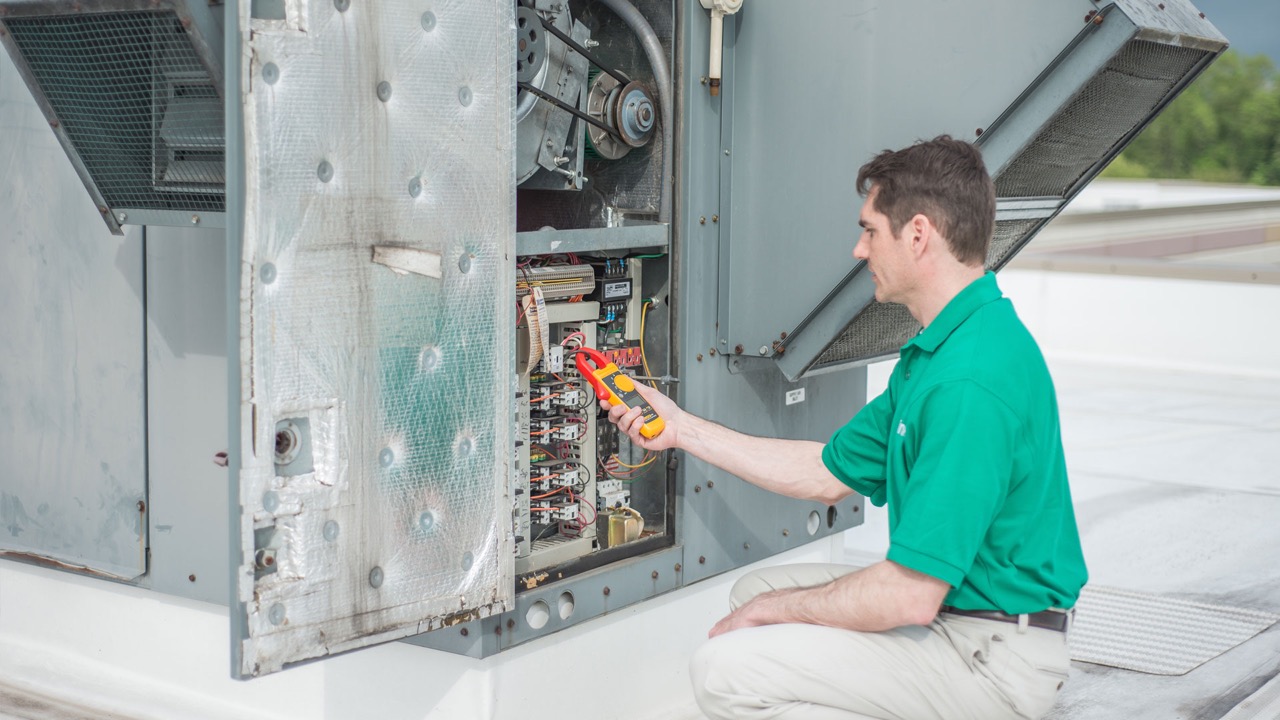

Articles
How To Balance An HVAC System
Modified: January 5, 2024
Learn the fundamentals of balancing an HVAC system with these informative articles. Discover tips and techniques to optimize your home's heating and cooling efficiency.
(Many of the links in this article redirect to a specific reviewed product. Your purchase of these products through affiliate links helps to generate commission for Storables.com, at no extra cost. Learn more)
Introduction
Having a well-balanced HVAC (Heating, Ventilation, and Air Conditioning) system is crucial for maintaining a comfortable and energy-efficient environment in your home or office. An imbalanced HVAC system can lead to uneven cooling or heating, increased energy consumption, and even potential damage to the system.
In this article, we will explore the importance of balancing an HVAC system and provide you with a step-by-step guide to achieving optimal balance. Before we delve into the specific steps, let’s first gain a better understanding of how HVAC systems work and the signs that indicate an imbalance.
Key Takeaways:
- Achieving a balanced HVAC system is crucial for maintaining comfort, energy efficiency, and optimal performance. By following the step-by-step guide provided, you can successfully address imbalances and create a more comfortable and efficient indoor environment.
- Regular maintenance, monitoring, and fine-tuning play essential roles in maintaining optimal balance in an HVAC system. It’s important to stay proactive and seek professional assistance when needed to ensure a well-functioning and efficient system.
Read more: How To Clean HVAC Filter
Understanding HVAC Systems
HVAC systems are designed to regulate indoor temperature, humidity levels, and air quality. They typically consist of a furnace or boiler for heating, an air conditioner for cooling, ductwork for distributing air throughout the space, and various other components such as fans, filters, and dampers.
The basic principle behind an HVAC system is to circulate conditioned air throughout the building, maintaining a constant and comfortable temperature. However, factors such as improper installation, blocked air vents, or ductwork issues can cause an imbalance in the system.
Signs of Imbalanced HVAC Systems
It’s important to be able to identify the signs of an imbalanced HVAC system to address the issue promptly. Some common indicators include:
- Uneven Temperature: Noticeable temperature differences between rooms or floors.
- Inconsistent Airflow: Some areas receiving more air while others feel stagnant.
- Excessive Energy Consumption: An imbalanced system may work harder to compensate for uneven distribution, resulting in higher energy bills.
- Hot or Cold Spots: Certain areas of the building experiencing intense heating or cooling.
- Noise and Vibrations: Unusual sounds or vibrations coming from the HVAC system may indicate an imbalance.
Do not exceed 500 words in this section.
Key Takeaways:
- Achieving a balanced HVAC system is crucial for maintaining comfort, energy efficiency, and optimal performance. By following the step-by-step guide provided, you can successfully address imbalances and create a more comfortable and efficient indoor environment.
- Regular maintenance, monitoring, and fine-tuning play essential roles in maintaining optimal balance in an HVAC system. It’s important to stay proactive and seek professional assistance when needed to ensure a well-functioning and efficient system.
Read more: How To Clean HVAC Filter
Understanding HVAC Systems
HVAC systems are essential for maintaining optimum comfort levels in residential and commercial spaces. They are responsible for regulating temperature, humidity, and air quality, ensuring a comfortable and healthy indoor environment. Understanding how HVAC systems work can help you comprehend the importance of balancing them.
An HVAC system generally consists of three main components: the heating system, the ventilation system, and the air conditioning system. These components work together to provide a controlled and comfortable indoor environment throughout the year.
The heating system is responsible for generating and distributing heat to warm the space during colder months. It can be powered by various sources, including gas, oil, electricity, or even solar energy. The heating system is usually connected to a thermostat, which allows you to set the desired temperature.
The ventilation system is responsible for ensuring proper airflow throughout the building. It includes ductwork, which is a network of channels that distribute conditioned air to different rooms. The ventilation system also helps remove stale air, pollutants, and odors from the indoor environment, promoting better indoor air quality.
The air conditioning system provides cooling when the temperature rises. It uses refrigeration principles to remove heat from the air, resulting in a colder and more comfortable environment. The air conditioning system works in conjunction with the ventilation system to deliver cool air throughout the building.
In addition to these main components, HVAC systems may also include other important elements such as fans, filters, dampers, and thermostats. Fans help circulate air more effectively, improving overall comfort. Filters trap dust, allergens, and other particles, ensuring cleaner and healthier indoor air. Dampers are adjustable valves that control the flow of air in the ductwork, allowing for better temperature distribution.
Now that we have a basic understanding of HVAC systems, it’s important to note that when the system is not properly balanced, it can lead to several issues. An imbalanced HVAC system can result in uneven temperature distribution, with some rooms being too hot while others remain cool. This can cause discomfort and inconvenience for the occupants. Additionally, imbalances in the system can lead to higher energy consumption and increased wear and tear on the HVAC components, potentially shortening their lifespan.
In the next section, we will explore the signs that indicate an imbalanced HVAC system, helping you identify whether your system requires balancing.
Do not exceed 500 words in this section.
Signs of Imbalanced HVAC Systems
An imbalanced HVAC system can lead to a range of issues, from uneven temperature distribution to increased energy consumption. Being able to recognize the signs of an imbalanced HVAC system is essential for addressing the problem promptly and restoring comfort and efficiency to your space.
- Uneven Temperature: One of the most common signs of an imbalanced HVAC system is noticeable temperature differences between rooms or floors. You may find that some areas of the building are too hot while others are too cold, making it challenging to maintain a consistent and comfortable temperature throughout.
- Inconsistent Airflow: Another indicator of an imbalanced HVAC system is inconsistent airflow. Some rooms or areas may receive more air than others, leading to stagnant or stuffy spaces. You might notice that certain rooms feel uncomfortable or that specific vents are blowing air more forcefully compared to others.
- Excessive Energy Consumption: An imbalanced HVAC system often works harder to compensate for the uneven distribution of air. This increased workload can result in higher energy consumption, causing your energy bills to skyrocket. If you notice a sudden spike in your energy costs without any apparent explanation, it might be a sign that your HVAC system is imbalanced.
- Hot or Cold Spots: Imbalanced HVAC systems can create hot or cold spots within a building. Certain areas may experience intense heating or cooling, making them uncomfortable for occupants. These spots can be persistent, even when you adjust the thermostat or make changes to the settings.
- Noise and Vibrations: Unusual sounds or vibrations coming from your HVAC system can indicate an imbalance. This could be due to problems with the fans, ductwork, or other components. If you hear rattling, vibrating, or screeching noises, it’s important to have your system inspected to identify and resolve any imbalance issue.
If you notice any of these signs in your HVAC system, it’s advisable to take action promptly. Attempting to balance the system on your own without proper knowledge and expertise may not be effective or could potentially cause further damage. It is recommended to consult with a professional HVAC technician who can assess the system and provide the necessary adjustments to achieve proper balance.
In the next section, we will provide an overview of the steps involved in balancing an HVAC system, guiding you through the process of restoring balance and efficiency to your system.
Do not exceed 500 words in this section.
Read more: How To Turn On HVAC System
Balancing an HVAC System: Overview
When it comes to balancing an HVAC system, the main goal is to ensure that airflow and temperature distribution are consistent throughout the building. This helps to eliminate hot or cold spots, improves energy efficiency, and enhances overall comfort. Balancing an HVAC system is a detailed process that requires careful attention to various components and adjustments. Here is an overview of the steps involved:
- Inspect and Clean the HVAC Components: Start by inspecting and cleaning all the components of your HVAC system. This includes checking the fans, coils, and ductwork for any dust, debris, or blockages that may hinder airflow. Clean or replace air filters to optimize the system’s performance.
- Adjust the Dampers: Dampers are adjustable valves within the ductwork that control the flow of air. Balancing an HVAC system involves adjusting the dampers to regulate airflow in each zone or room. This helps to redistribute air more evenly and address any temperature imbalances.
- Check and Clean Air Filters: Clogged or dirty air filters can restrict airflow, leading to an imbalanced HVAC system. Regularly check and clean your air filters to ensure proper airflow and prevent any strain on the system. Consider replacing filters as necessary.
- Adjust the Fan Speed: The fan speed plays a role in the overall performance and airflow of the HVAC system. Adjusting the fan speed can help achieve a better balance, especially if certain areas are receiving too much or too little air. Consult with a professional technician to determine the optimal fan speed settings.
- Balance Airflow between Rooms: Analyze and measure the airflow in each room or zone. Use airflow measurement tools or consult with an HVAC technician to identify any significant variations in airflow between rooms. Adjust the dampers or consider installing balancing dampers to equalize the airflow and temperature distribution.
- Monitor and Fine-Tune the System: After implementing the initial adjustments, closely monitor the performance of your HVAC system. Pay attention to temperature differentials, comfort levels, and energy consumption. Fine-tune the system as needed to achieve optimal balance and efficiency.
It’s important to note that balancing an HVAC system can be a complex task requiring expertise and specialized tools. It’s recommended to consult with a professional HVAC technician who can properly assess your system, identify imbalances, and make the necessary adjustments to achieve optimal performance.
In the following sections, we will go into detail about each step, providing guidance on how to carry out the adjustments and achieve a balanced HVAC system.
Do not exceed 500 words in this section.
Step 1: Inspect and Clean the HVAC Components
Before you start balancing your HVAC system, it’s crucial to ensure that all the components are clean and in proper working condition. This step involves inspecting and cleaning various parts of your HVAC system to optimize its performance and airflow.
Here are the key components to check and clean:
- Fans: Start by inspecting the fans in your HVAC system. Dust, debris, and dirt can accumulate on the fan blades, causing them to become unbalanced and reducing their efficiency. Clean the fan blades using a soft brush or cloth. Make sure to turn off the power to the system before performing any cleaning.
- Coils: The evaporator and condenser coils in your HVAC system play a critical role in heat transfer. Over time, these coils can become dirty, reducing their efficiency and hindering proper heat exchange. Inspect the coils and clean them if necessary. Use a coil cleaner solution or contact a professional technician for assistance.
- Ductwork: Check the ductwork for any blockages, leaks, or damage. Look for signs of dust buildup or obstructions that can impede airflow. Clean the ductwork thoroughly using a vacuum cleaner or by hiring professional duct cleaning services. Ensure that the ducts are sealed properly to prevent any air leakage.
- Air Filters: Air filters are essential for maintaining good indoor air quality and protecting your HVAC system from dust and debris. Dirty or clogged filters can restrict airflow and reduce system efficiency. Inspect the air filters and clean or replace them as necessary. Follow the manufacturer’s guidelines for proper filter maintenance.
By inspecting and cleaning these components, you can remove any obstructions or buildup that may hinder the airflow in your HVAC system. This ensures that the air can flow freely throughout the system, improving overall performance and balance.
Regular maintenance and cleaning of HVAC components are important not only for achieving balance but also for prolonging the lifespan of your system and optimizing energy efficiency. It’s recommended to schedule routine maintenance with a professional HVAC technician to keep your system in top condition.
In the next section, we will discuss the second step in the process of balancing an HVAC system: adjusting the dampers to regulate airflow.
Do not exceed 500 words in this section.
Regularly clean and replace air filters in your HVAC system to ensure proper airflow and efficiency. This simple maintenance task can help balance the system and improve indoor air quality.
Step 2: Adjust the Dampers
Adjusting the dampers is a crucial step in balancing an HVAC system as it helps regulate airflow and distribute conditioned air more evenly throughout your space. Dampers are adjustable valves located in the ductwork that control the amount of air flowing into each room or zone. By properly adjusting the dampers, you can achieve better temperature balance and improve overall comfort.
Here’s a step-by-step guide on how to adjust the dampers:
- Locate the Dampers: Begin by identifying the dampers in your HVAC system. They are typically found near where the ductwork branches off into different rooms or areas of your space. Sometimes they are manually adjustable while in other cases they may be motorized and require adjustment through a control panel.
- Inspect the Dampers: Inspect the dampers to ensure they are in good working condition and not damaged or obstructed. Make sure that the dampers can be freely opened and closed without any resistance.
- Balance the Airflow: Start by closing all the dampers completely. Then, gradually open the dampers in each room or zone, starting with the room or area that requires more airflow. Use a dampness meter or your hand to feel the airflow and make adjustments accordingly. The goal is to achieve a similar amount of airflow in all areas.
- Adjustment Techniques: If you have manual dampers, you can use a screwdriver or a lever to adjust them. For motorized dampers, consult the control panel or thermostat to adjust the airflow settings. In some cases, you may need professional assistance to adjust motorized dampers.
- Test and Rebalance: After making initial adjustments to the dampers, test the airflow and temperature balance in each room or zone. Pay attention to any remaining hot or cold spots and make further adjustments as needed. It may require a few iterations to achieve optimal balance.
Keep in mind that every HVAC system is different, and the location and design of the dampers may vary. It’s recommended to consult the user manual or seek professional assistance if you are unsure about locating or adjusting the dampers in your system.
Properly adjusting the dampers can significantly improve the overall balance and performance of your HVAC system. It allows you to control the airflow to different areas, ensuring consistent temperature distribution and comfort throughout your space.
In the next section, we will discuss the importance of checking and cleaning air filters as part of the HVAC system balancing process.
Do not exceed 500 words in this section.
Step 3: Check and Clean Air Filters
Checking and cleaning the air filters in your HVAC system is an essential step in balancing the system and maintaining optimal performance. Air filters play a crucial role in trapping dust, allergens, and other particles, preventing them from circulating back into the air you breathe. Over time, these filters can become dirty and clogged, inhibiting proper airflow and increasing strain on the system. Regularly checking and cleaning the air filters helps ensure efficient airflow and enhances the overall balance of your HVAC system.
Here’s how you can check and clean the air filters:
- Locate the Air Filters: Start by locating the air filters in your HVAC system. In most cases, the filters are located behind a removable panel on the air intake side of the system, such as in the return air duct or the air handler unit. Refer to the manufacturer’s instructions if you are unsure of the location.
- Inspect the Filters: Once you have located the filters, visually inspect them for any visible dirt, dust, or debris. Consider the type of filter you have; some filters are reusable and can be cleaned, while others are disposable and need to be replaced. Look for any signs of damage or significant clogging that may require immediate replacement.
- Clean or Replace Filters: If you have reusable filters, carefully remove them and follow the manufacturer’s instructions for cleaning. This may involve rinsing the filters with water or using a vacuum cleaner to remove dust and debris. Allow the filters to dry completely before reinstalling them. For disposable filters, discard the old filter and replace it with a new one of the appropriate size and rating.
- Maintain a Schedule: Regularly checking and cleaning or replacing your air filters should be part of your HVAC system maintenance routine. The frequency will depend on various factors such as the filter type, level of dust and pollutants in your environment, and system usage. Refer to the manufacturer’s guidelines or consult with an HVAC professional to determine the appropriate schedule for filter maintenance.
By keeping your air filters clean, you can ensure optimum airflow and prevent the accumulation of dust and debris that can lead to imbalances in your HVAC system. Clean air filters help maintain a healthy indoor environment, improve energy efficiency, and promote better overall system performance.
As you move forward with balancing your HVAC system, remember to make regular check-ups of the air filters to ensure that they are always in good condition and functioning effectively. In the next section, we will explore the importance of adjusting the fan speed to achieve better balance and airflow.
Do not exceed 500 words in this section.
Read more: How To Be A Good HVAC Technician
Step 4: Adjust the Fan Speed
Adjusting the fan speed in your HVAC system is an effective way to improve balance and airflow. The fan speed directly impacts the amount of air circulated throughout your space, and improper fan speed settings can lead to imbalances in temperature distribution. By adjusting the fan speed, you can achieve better air circulation, enhance comfort, and improve overall system performance.
Here’s how you can adjust the fan speed in your HVAC system:
- Locate the Fan Speed Setting: Start by locating the fan speed setting on your HVAC system or thermostat. Depending on the make and model, it may be labeled as “fan speed,” “fan mode,” or something similar. Check the user manual or contact the manufacturer if you’re unsure where to find this setting.
- Understand the Fan Speed Options: HVAC systems typically offer different fan speed options, such as low, medium, and high. Each option corresponds to a different airflow rate. Low speed provides a slower airflow, medium speed increases the airflow slightly, and high speed delivers the maximum airflow.
- Assess Your Comfort Needs: Consider your comfort needs and the airflow requirements of different areas in your space. If certain rooms tend to be warmer or cooler than others, adjusting the fan speed can help distribute air more evenly and address these imbalances. Start by selecting a medium fan speed and monitor the temperature and comfort levels.
- Observe Airflow and Adjust as Needed: After choosing a fan speed setting, observe the airflow in different areas of your space. Check for any remaining hot or cold spots and make adjustments if necessary. If certain rooms still do not receive sufficient airflow, try increasing the fan speed to encourage better circulation.
- Consider Professional Assistance: Adjusting the fan speed settings can be technical, and it’s important to ensure that you make the correct adjustments. If you’re unsure or don’t see the desired results, it’s recommended to consult with a professional HVAC technician. They will have the expertise and knowledge to fine-tune the fan speed settings and ensure optimal balance and performance.
By adjusting the fan speed, you can achieve better balance and airflow in your HVAC system. It allows for more precise control of the air distribution, ensuring that each room or area receives the appropriate amount of conditioned air. This promotes enhanced comfort and helps eliminate temperature imbalances throughout your space.
When adjusting the fan speed, take into account the specific needs of your space and consult with a professional if necessary. Fine-tuning the fan speed settings can significantly improve the performance and efficiency of your HVAC system.
In the next section, we will discuss how to balance airflow between rooms to achieve optimal temperature distribution.
Do not exceed 500 words in this section.
Step 5: Balance Airflow between Rooms
Balancing airflow between rooms is an important step in achieving optimal temperature distribution and comfort throughout your space. By balancing the airflow, you can ensure that each room receives the right amount of conditioned air, eliminating hot and cold spots and improving overall system performance. Here’s how you can balance airflow between rooms:
- Analyze Airflow: Start by analyzing the airflow in each room or area of your space. Determine if there are any noticeable differences in the amount of air being delivered. You can use an airflow measurement tool or simply feel the airflow with your hand.
- Adjust Dampers: Dampers, which are adjustable valves in the ductwork, play a crucial role in balancing airflow. Begin by closing all the dampers and gradually open them in each room or area, starting with the rooms that need more airflow. Adjust the dampers to achieve a similar amount of airflow in each space.
- Consider Balancing Dampers: In some cases, standard dampers may not provide enough control to achieve the desired balance. Balancing dampers can be installed to regulate the airflow more precisely. These dampers allow for fine-tuning and provide greater control over each room’s airflow. Consult with a professional HVAC technician to determine if balancing dampers are suitable for your system.
- Recheck and Refine: After adjusting the dampers, recheck the airflow in each room and make further refinements as necessary. Monitor the temperature and comfort levels to ensure that each area is adequately served, allowing for a consistent and comfortable indoor environment.
- Consider Zoning: If your HVAC system allows for it, consider implementing zoning. Zoning divides your space into separate areas or zones that can be controlled independently. This allows for even more precise temperature control, as each zone can have its own thermostat and airflow settings.
Remember, balancing airflow between rooms may require some trial and error to achieve optimal results. It’s important to regularly monitor the temperature and comfort levels in each area and make adjustments as needed. Consulting with a professional HVAC technician can provide valuable expertise and guidance throughout the process.
By balancing airflow between rooms, you can eliminate temperature imbalances and create a more comfortable and evenly conditioned environment throughout your space. It enhances the performance and efficiency of your HVAC system, ensuring that each room receives the appropriate amount of conditioned air.
In the next section, we will discuss the importance of monitoring and fine-tuning your HVAC system to maintain optimal balance and performance.
Do not exceed 500 words in this section.
Step 6: Monitor and Fine-Tune the System
After you have completed the initial steps to balance your HVAC system, it’s crucial to monitor its performance and make any necessary fine-tuning adjustments. Monitoring and fine-tuning help ensure that your HVAC system remains in optimal balance and continues to provide efficient and comfortable heating and cooling. Here’s what you need to do:
- Temperature Monitoring: Regularly monitor the temperature in different rooms or areas of your space. Use a thermometer to check if the desired temperature is being maintained consistently throughout. Note any areas that are still experiencing temperature imbalances.
- Comfort Assessment: Pay attention to the overall comfort levels in your space. Take note of any rooms or areas that are consistently too hot or too cold. Consider gathering feedback from occupants or conducting a comfort survey to identify any remaining comfort issues.
- Energy Consumption: Monitor your energy consumption and compare it to previous periods. A well-balanced HVAC system should operate more efficiently, resulting in reduced energy consumption. If you notice excessive energy usage or a significant increase in your energy bills, it could indicate an ongoing imbalance that requires further adjustment.
- Fine-Tune Adjustments: Based on your monitoring and assessment, make any necessary fine-tuning adjustments to the system. This can include further adjusting the dampers, fan speed, or even exploring advanced options such as modifying ductwork configurations or investing in additional zoning controls. Consult with an HVAC technician to ensure that any modifications are done correctly.
- Maintain Regular Maintenance: Regular maintenance is crucial for the ongoing performance and balance of your HVAC system. Schedule routine maintenance with a professional technician to ensure that all components are in good working order, filters are clean, and any potential issues are identified and addressed promptly.
By monitoring and fine-tuning your HVAC system, you can maintain optimal balance and performance. It allows you to address any ongoing imbalances, temperature inconsistencies, or comfort issues that may arise over time. Regular maintenance and adjustments help prevent any major problems and ensure that your HVAC system operates efficiently for years to come.
Remember that HVAC systems can be complex, and some adjustments may require professional expertise. If you’re unsure about how to fine-tune your system or encounter persistent imbalances, it’s best to consult with a professional HVAC technician who can provide guidance and assistance.
With proper monitoring and fine-tuning, you can enjoy a balanced HVAC system that provides consistent comfort and energy efficiency throughout your space.
Please note that the content provided here serves as a general guide, and it’s important to refer to the specific instructions and recommendations provided by your HVAC system manufacturer or consult with a professional to ensure proper and safe operation.
Do not exceed 500 words in this section.
Conclusion
Achieving a balanced HVAC system is essential for maintaining comfort, energy efficiency, and optimal performance in your home or office. An imbalanced HVAC system can result in uneven temperature distribution, inconsistent airflow, increased energy consumption, and discomfort for occupants. By following the steps outlined in this guide, you can successfully balance your HVAC system and create a more comfortable and efficient environment.
Start by understanding how HVAC systems work and familiarize yourself with the signs of an imbalanced system. This knowledge will help you identify and address any issues promptly. Inspecting and cleaning the HVAC components, adjusting the dampers, checking and cleaning air filters, adjusting the fan speed, balancing airflow between rooms, and monitoring and fine-tuning the system are the key steps involved in achieving a balanced HVAC system.
Regular maintenance and monitoring play crucial roles in maintaining optimal balance. It’s important to stay proactive by scheduling routine maintenance with a professional HVAC technician and keeping track of energy consumption, comfort levels, and temperature distribution in your space. This allows you to identify any ongoing issues and make necessary adjustments to maintain a well-balanced system.
Remember, if you are unsure or uncomfortable performing any of the balancing steps, it’s always best to consult with a professional HVAC technician. They have the knowledge, tools, and expertise to ensure proper adjustments and provide guidance tailored to your specific system.
By achieving a balanced HVAC system, you can enjoy a comfortable indoor environment, energy savings, and overall system efficiency. Regular maintenance, attention to airflow and temperature distribution, and ongoing monitoring and adjustments are key to maintaining balance and enhancing the performance of your HVAC system for years to come.
With a well-balanced HVAC system, you can create the perfect atmosphere in your home or office, ensuring comfort and well-being for everyone. So, take the necessary steps to balance your HVAC system and reap the benefits of a well-functioning and efficient system.
Do not exceed 500 words in this section.
Frequently Asked Questions about How To Balance An HVAC System
Was this page helpful?
At Storables.com, we guarantee accurate and reliable information. Our content, validated by Expert Board Contributors, is crafted following stringent Editorial Policies. We're committed to providing you with well-researched, expert-backed insights for all your informational needs.
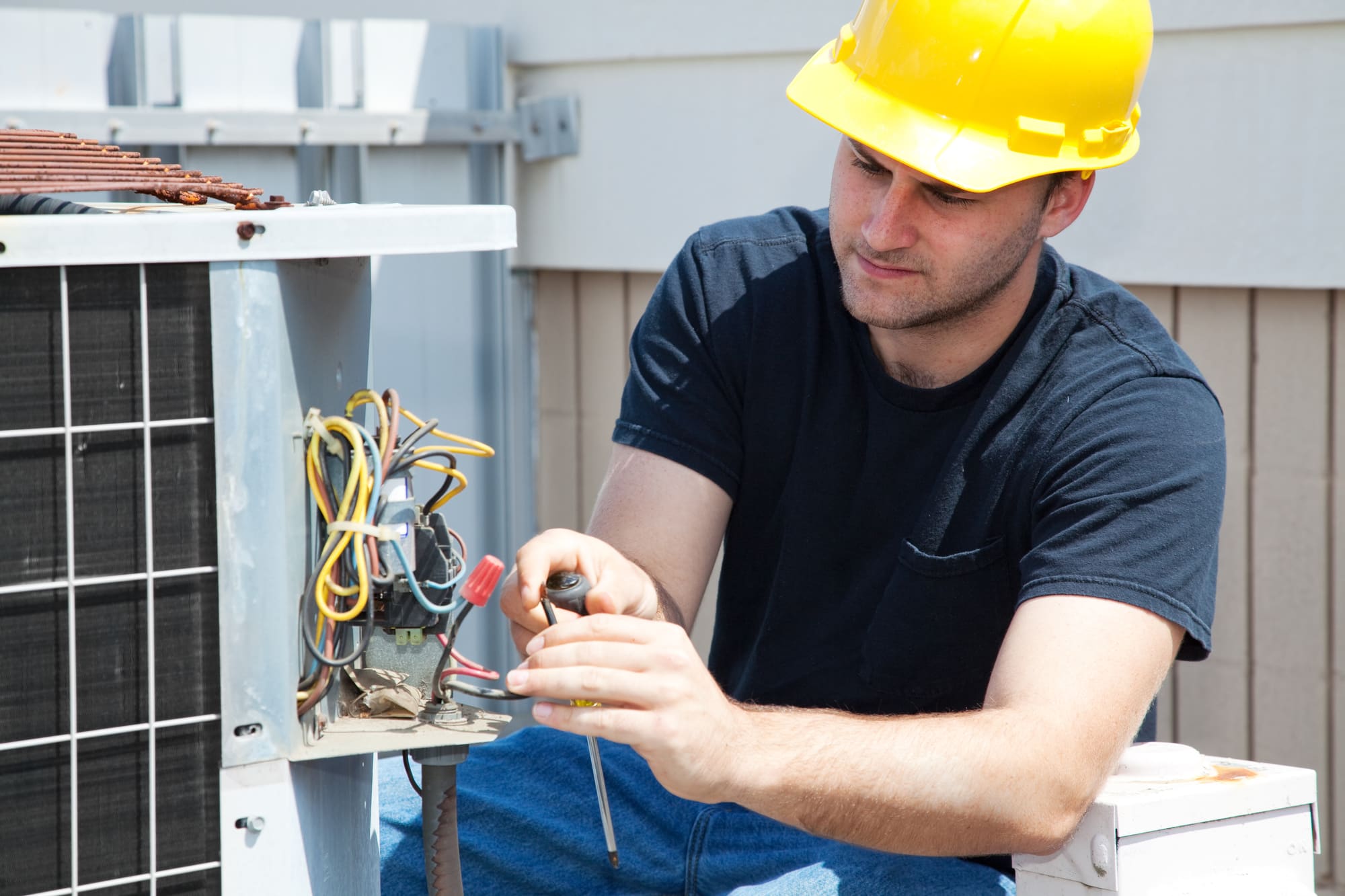
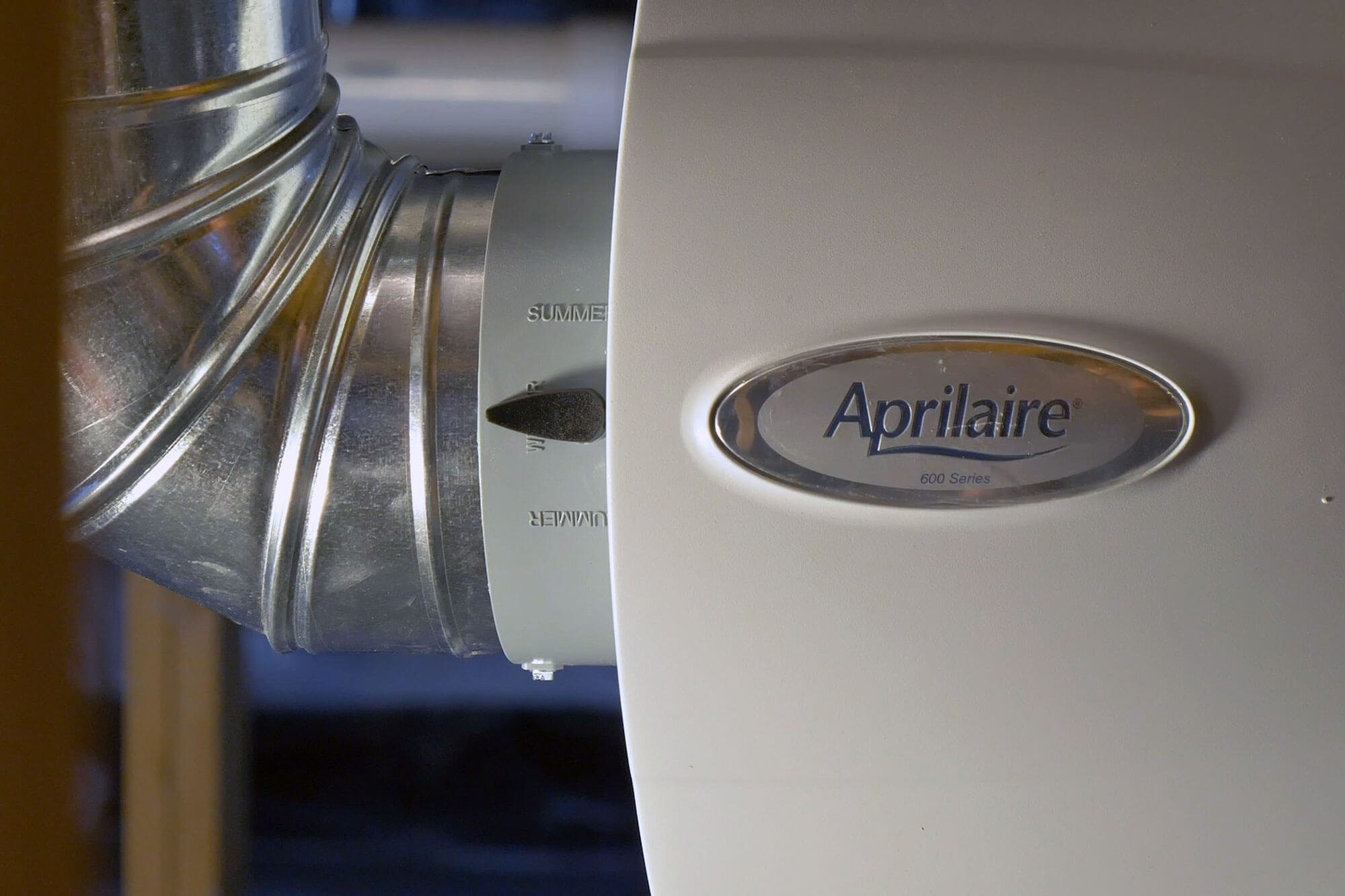
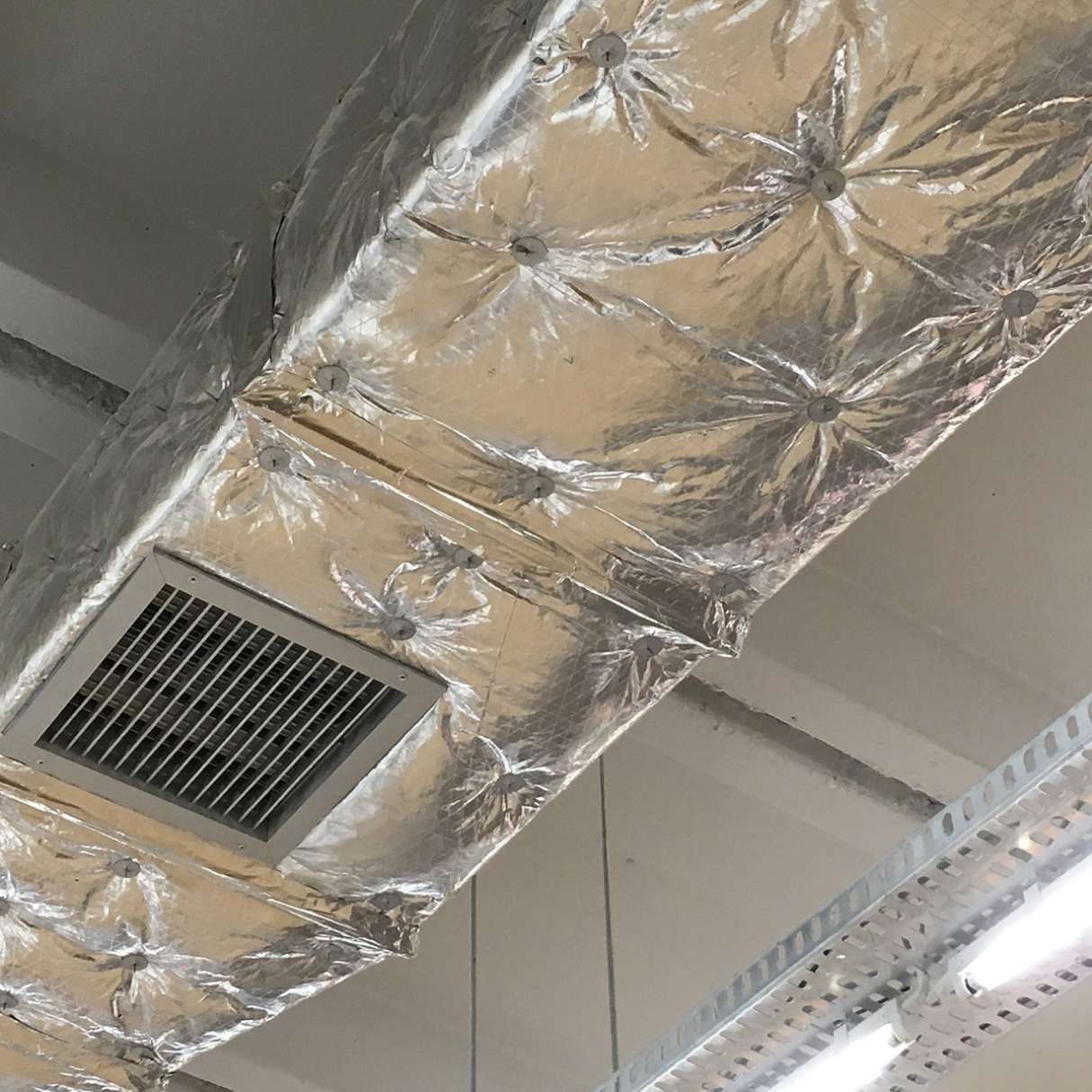
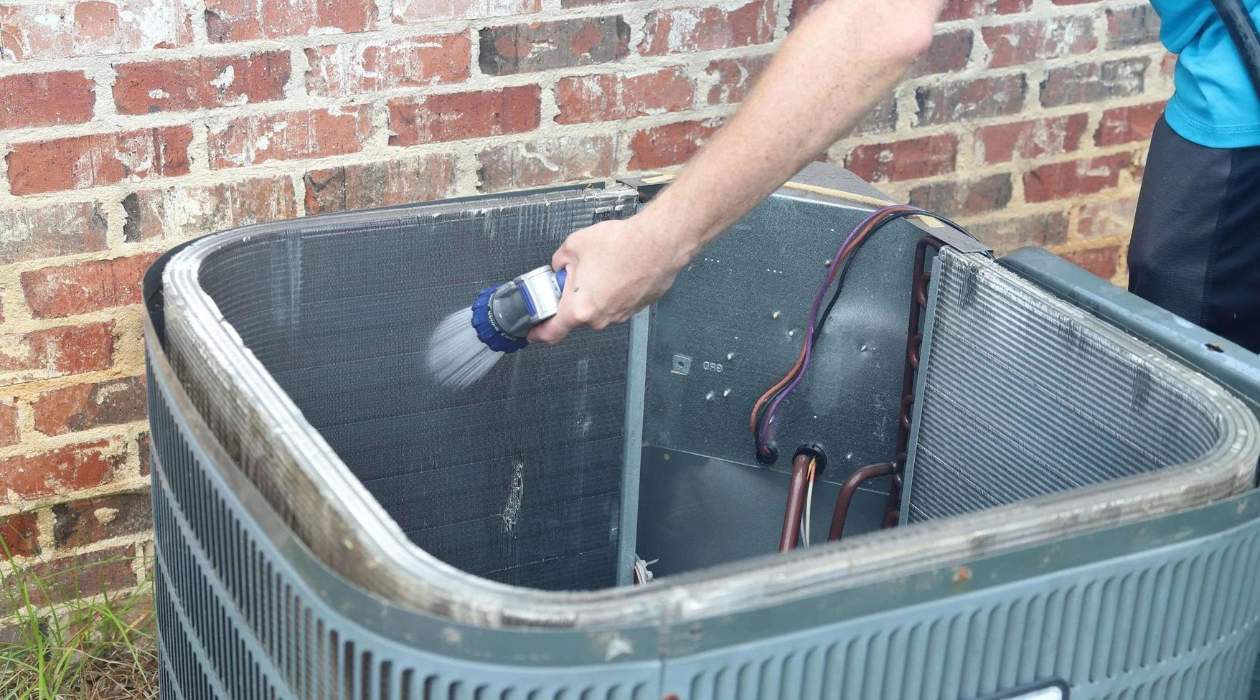
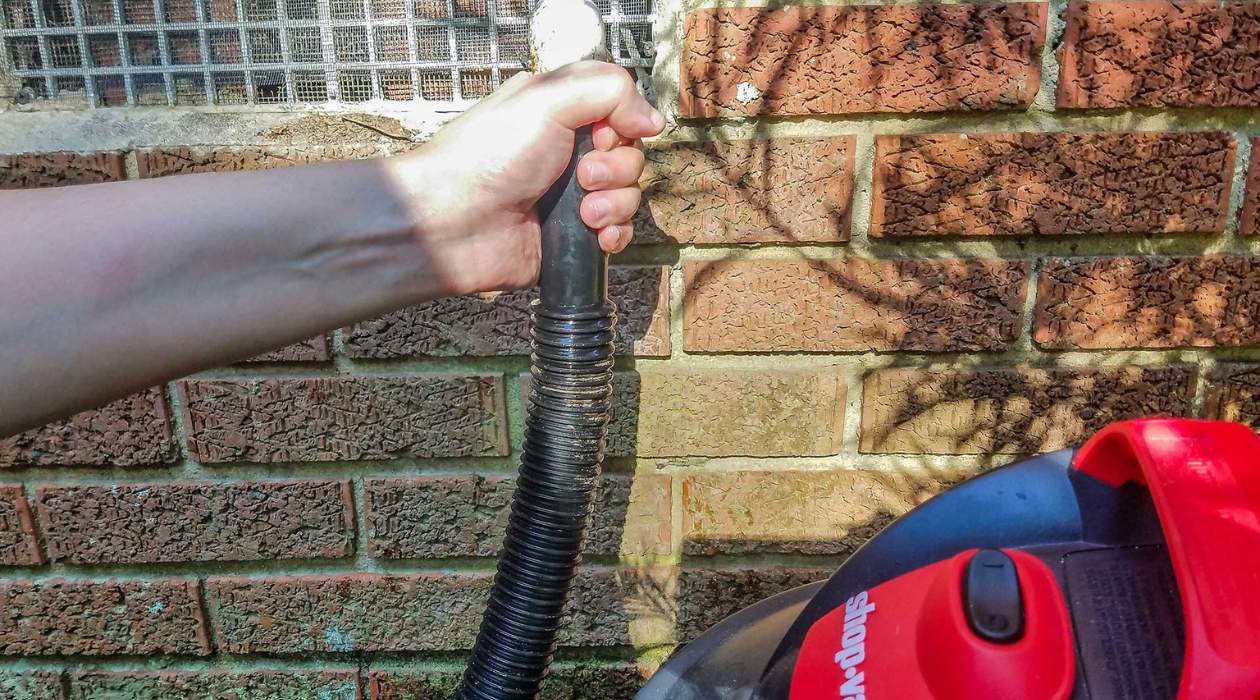
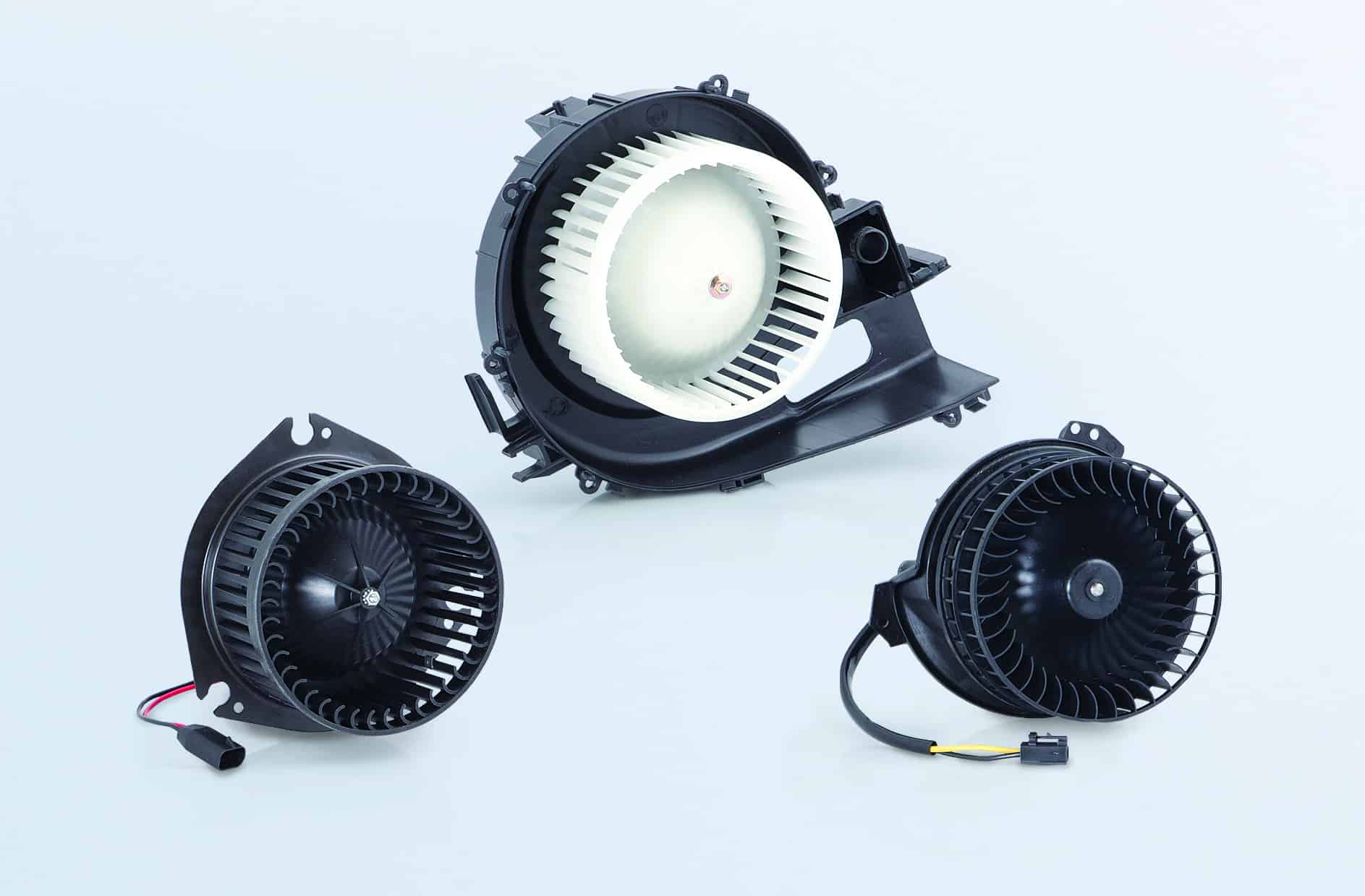
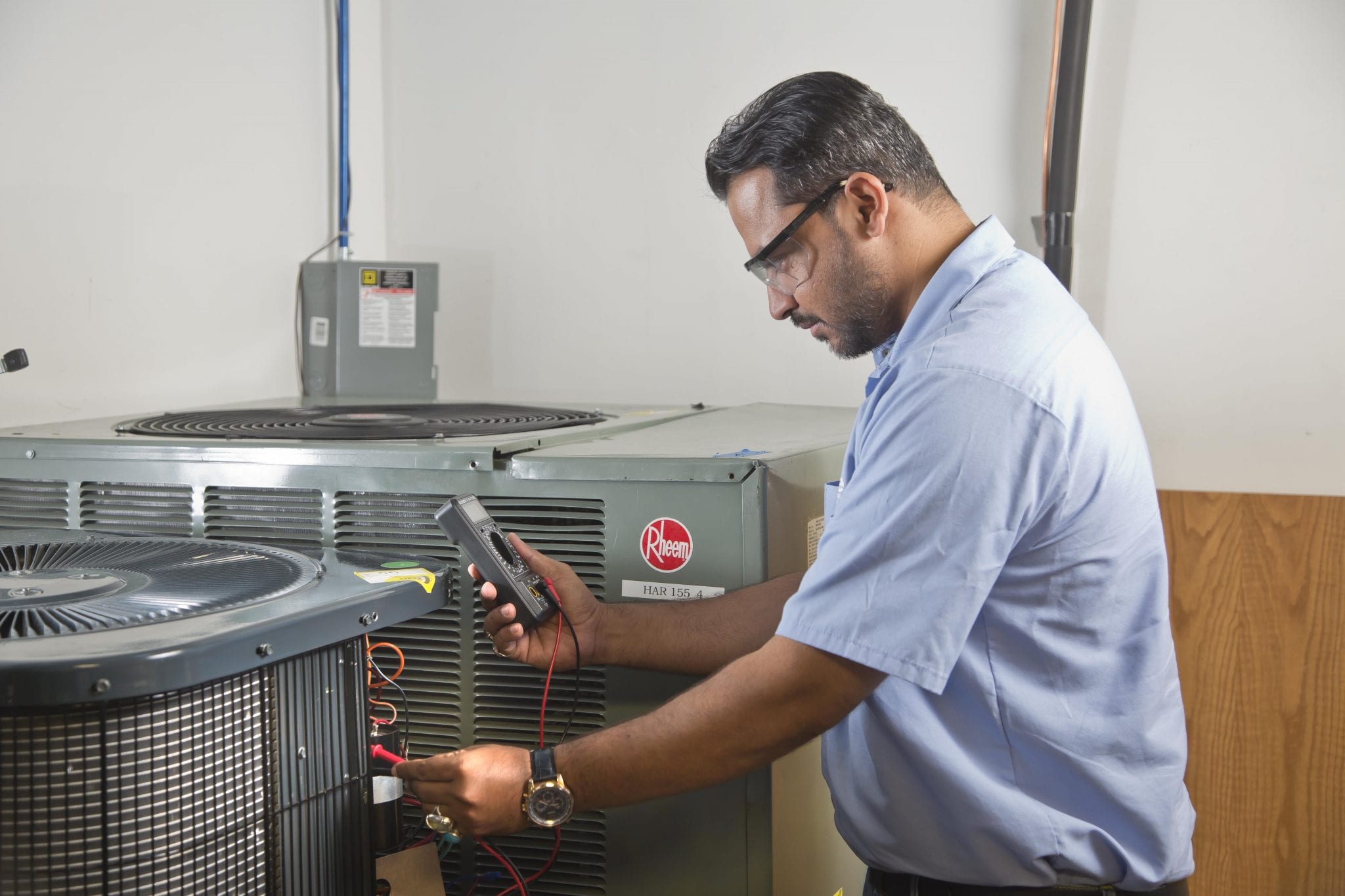
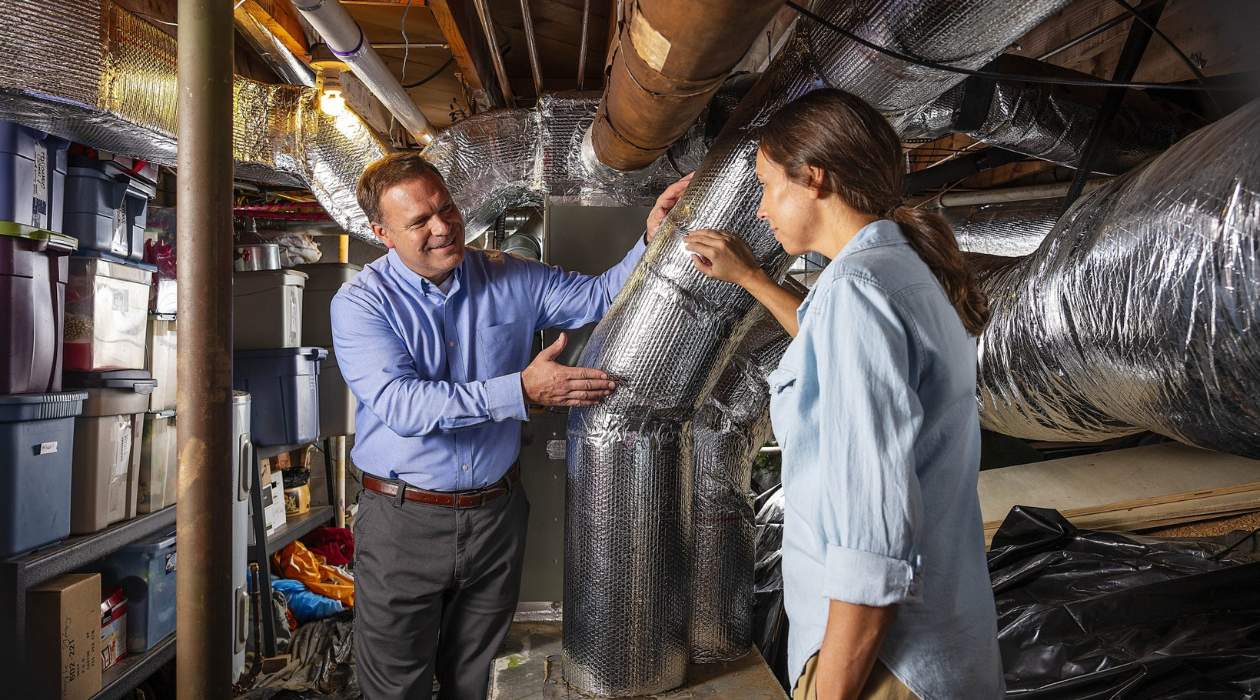
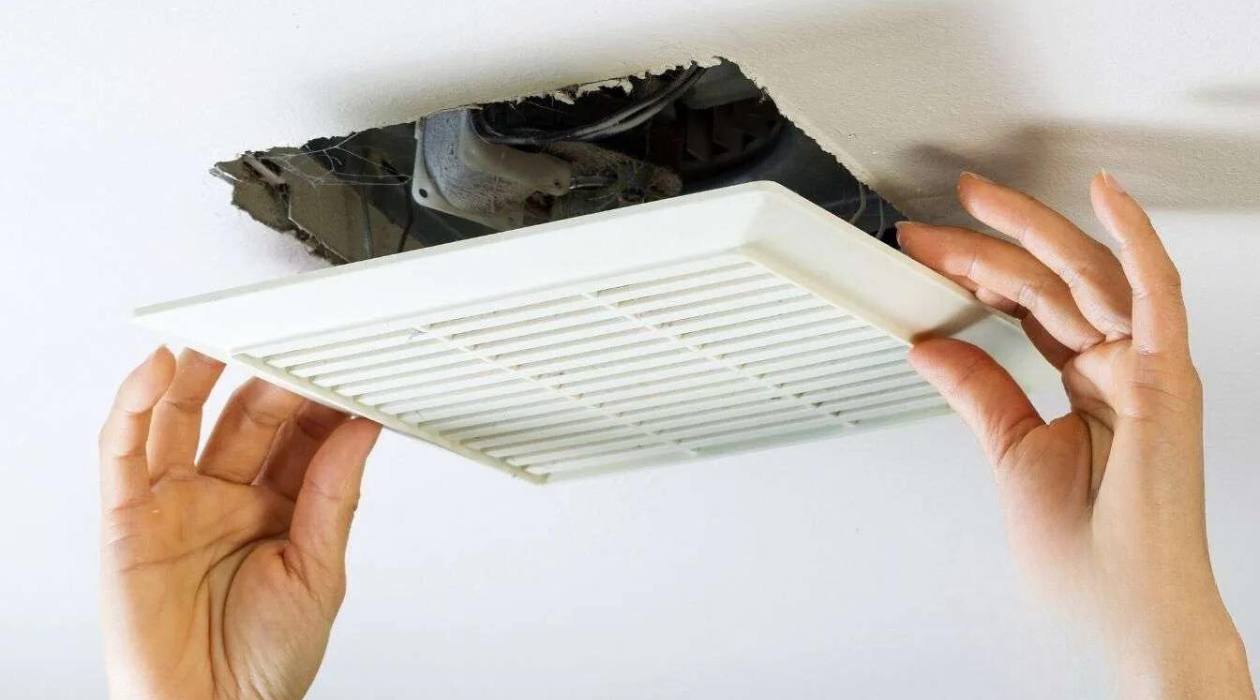
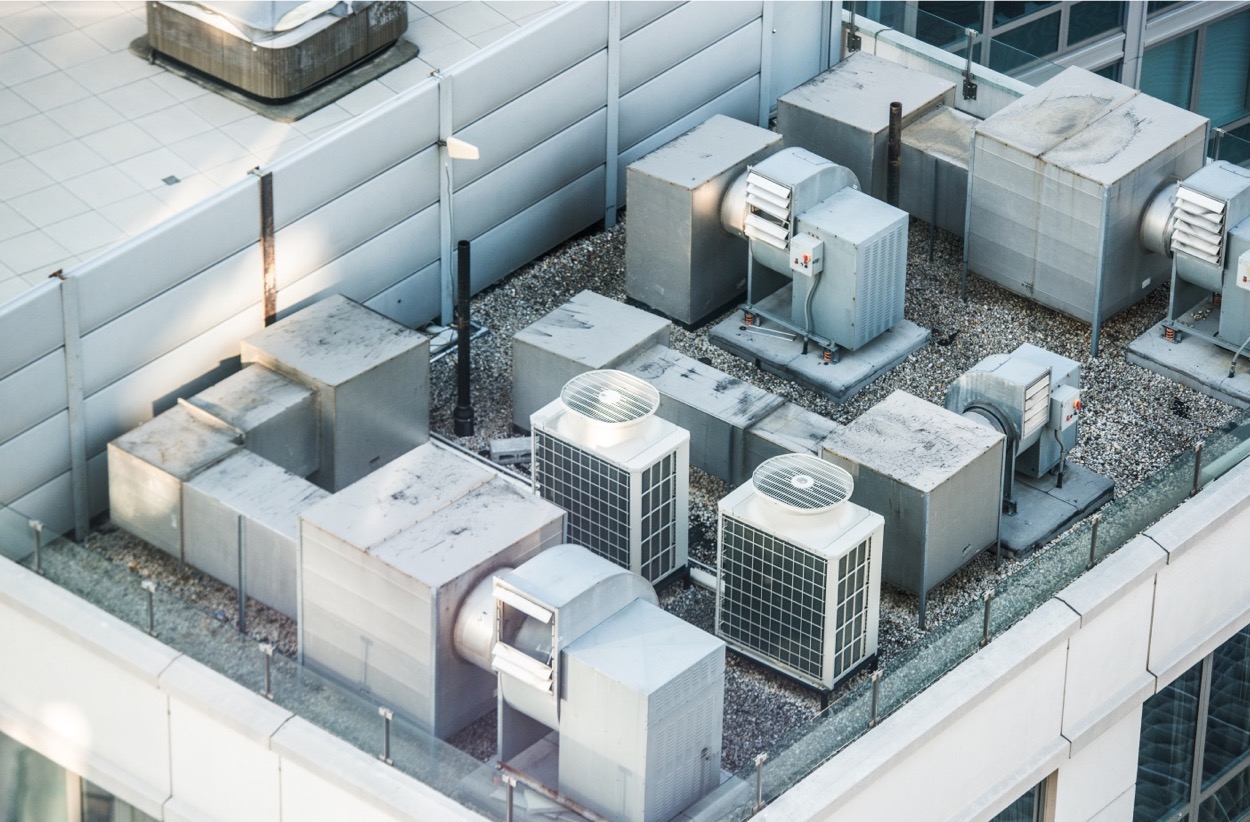
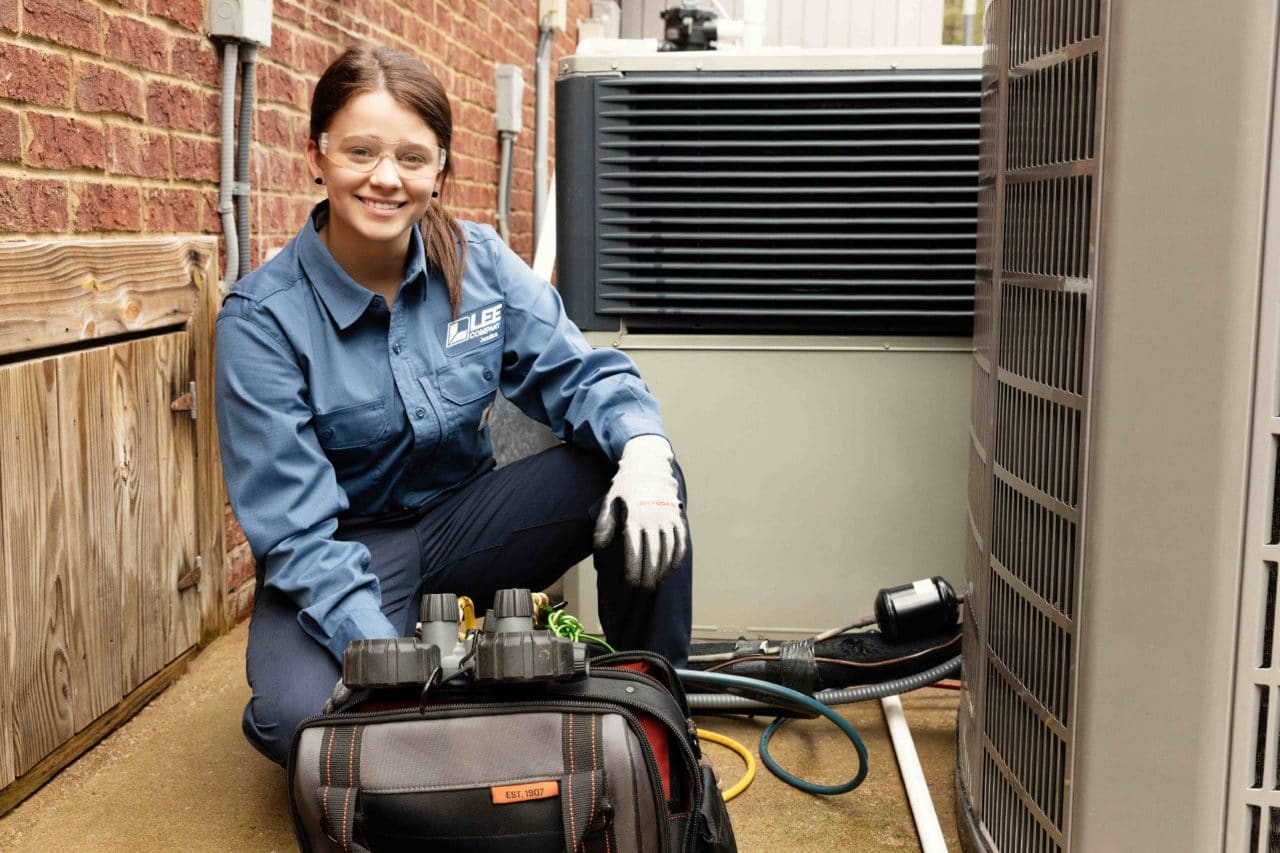
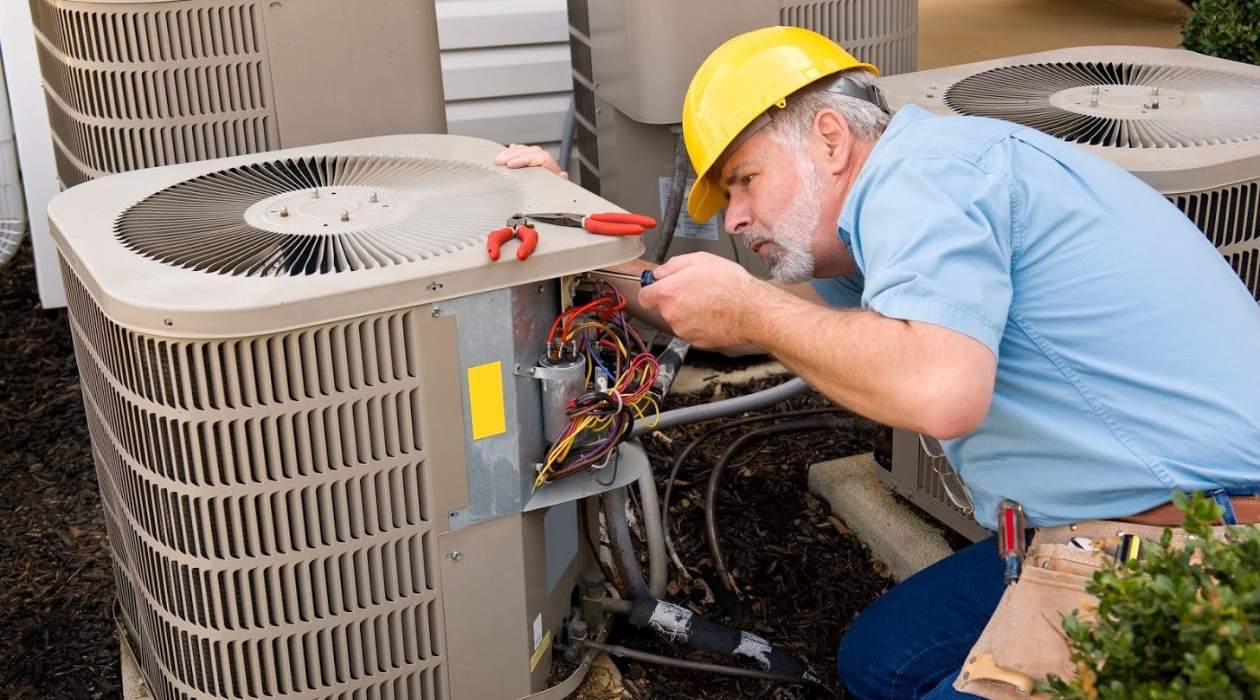
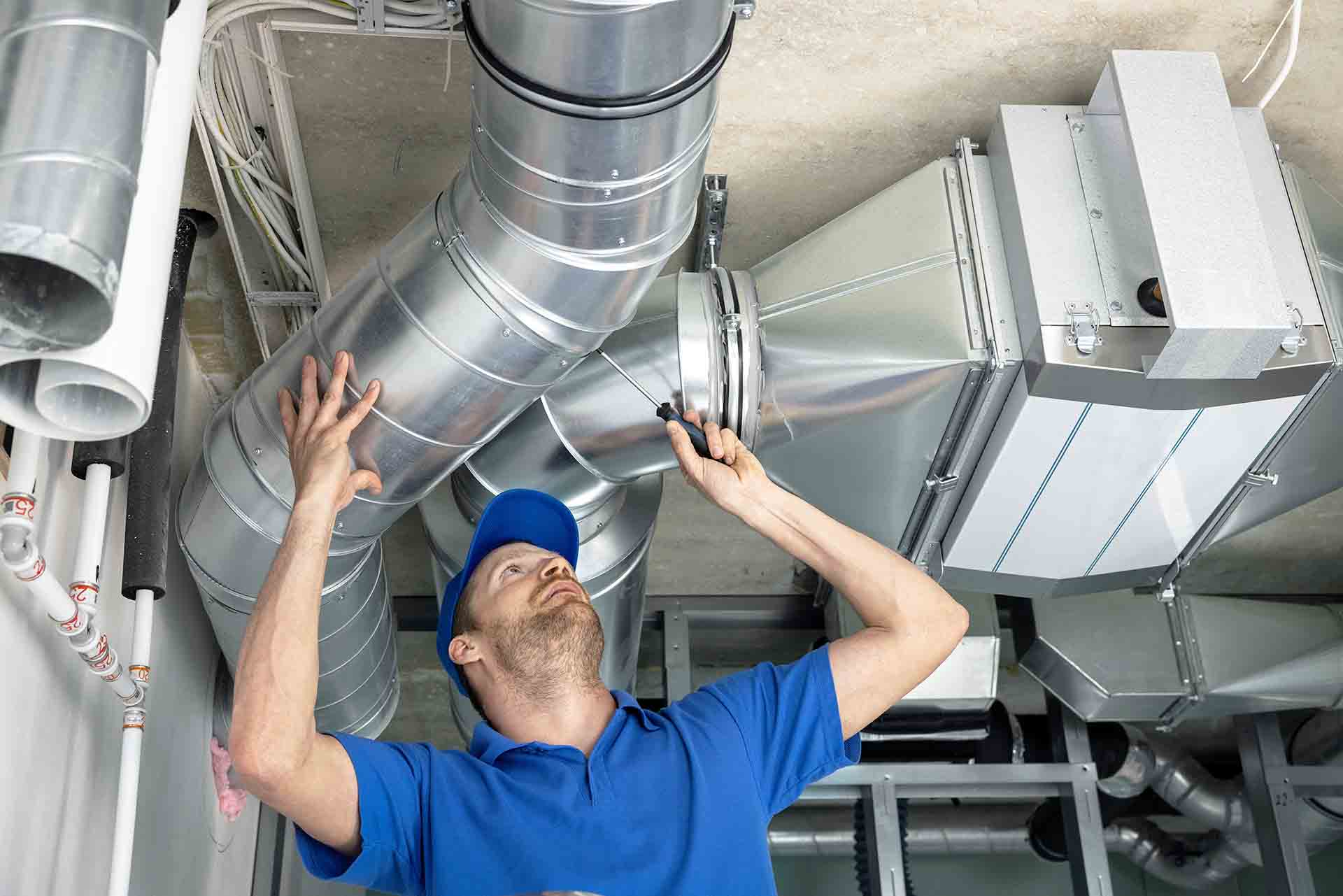

0 thoughts on “How To Balance An HVAC System”